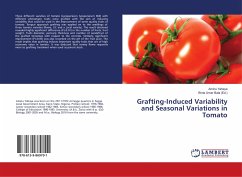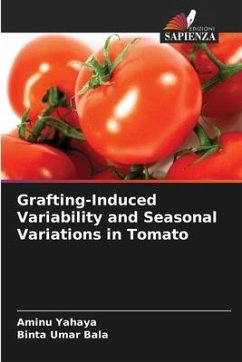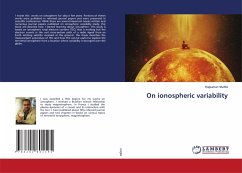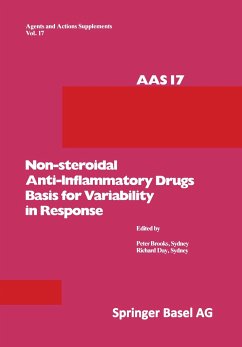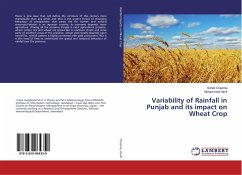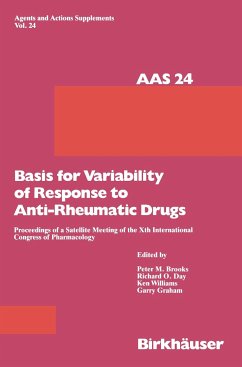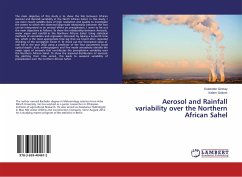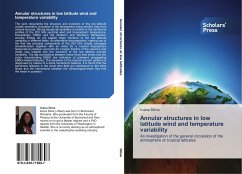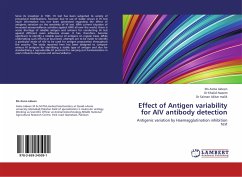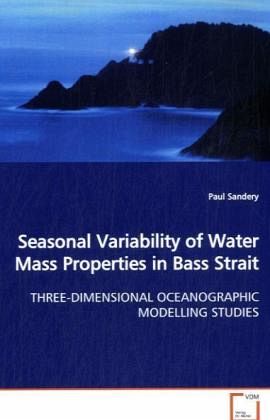
Seasonal Variability of Water Mass Properties in Bass Strait
THREE-DIMENSIONAL OCEANOGRAPHIC MODELLING STUDIES
Versandkostenfrei!
Versandfertig in 6-10 Tagen
52,99 €
inkl. MwSt.

PAYBACK Punkte
26 °P sammeln!
The seasonal cycle of water mass variation andtransformation in Bass Strait is investigated using athree-dimensional -coordinate hydrodynamic model anddata from observations and previous studies.Lagrangian and Eulerian tracer methods are developedto derive transport timescales, such as age,residence times and flushing times that are relevantto studies of climate, marine ecosystems andanthropogenic environmental impacts. Timescales areprincipally used as a diagnostic tool to examine andsummarize model simulations. Uncertainty in modelresults and observations is quantified to validatethe finding...
The seasonal cycle of water mass variation and
transformation in Bass Strait is investigated using a
three-dimensional -coordinate hydrodynamic model and
data from observations and previous studies.
Lagrangian and Eulerian tracer methods are developed
to derive transport timescales, such as age,
residence times and flushing times that are relevant
to studies of climate, marine ecosystems and
anthropogenic environmental impacts. Timescales are
principally used as a diagnostic tool to examine and
summarize model simulations. Uncertainty in model
results and observations is quantified to validate
the findings and conclusions of the study. The study
extends knowledge of physical oceanography in the
region by presenting information on the seasonal
circulation and overall exchange processes governing
renewal of Strait waters. It also provides a basis
for future work understanding the response of Bass
Strait to climate change.
transformation in Bass Strait is investigated using a
three-dimensional -coordinate hydrodynamic model and
data from observations and previous studies.
Lagrangian and Eulerian tracer methods are developed
to derive transport timescales, such as age,
residence times and flushing times that are relevant
to studies of climate, marine ecosystems and
anthropogenic environmental impacts. Timescales are
principally used as a diagnostic tool to examine and
summarize model simulations. Uncertainty in model
results and observations is quantified to validate
the findings and conclusions of the study. The study
extends knowledge of physical oceanography in the
region by presenting information on the seasonal
circulation and overall exchange processes governing
renewal of Strait waters. It also provides a basis
for future work understanding the response of Bass
Strait to climate change.



